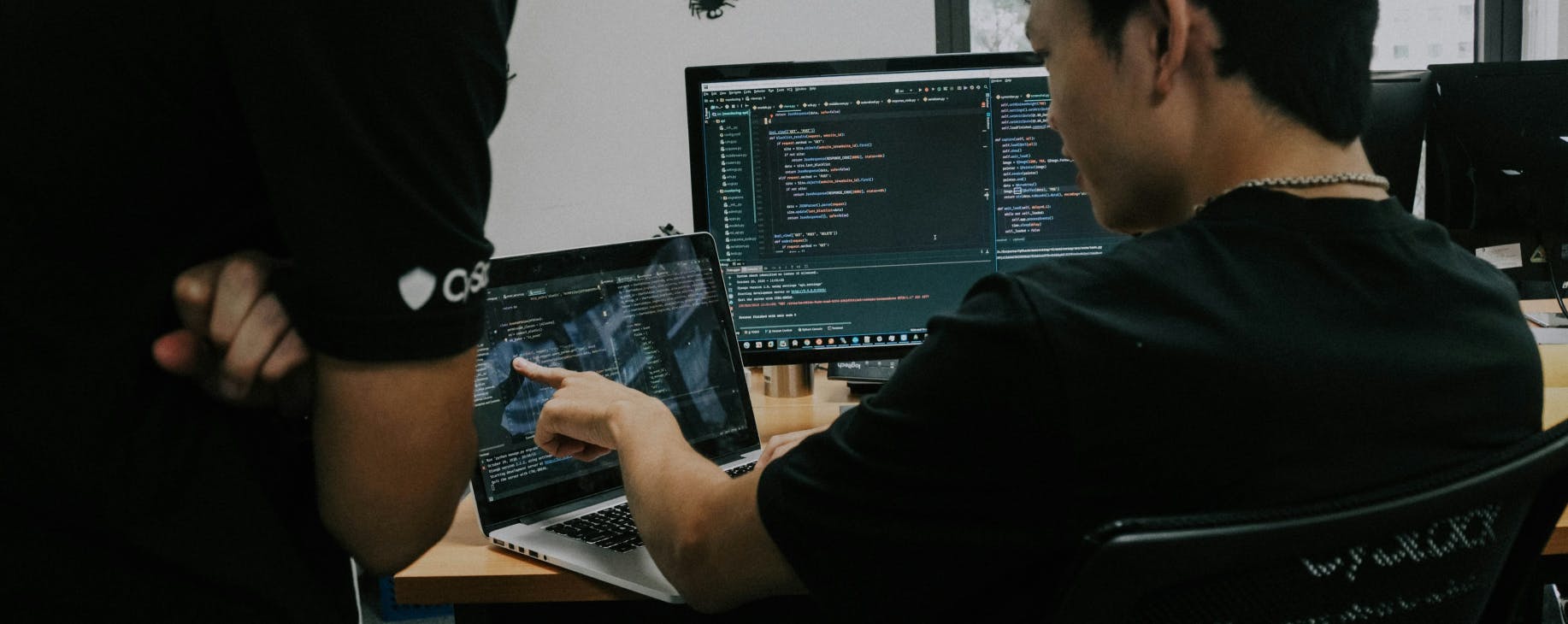
How to Simplify Backup Evidence Reports for SOC 2, ISO 27001, PCI DSS, HIPAA, and Other Compliance Frameworks
Matthew Hall
CEO at Bocada
Emily Bonnie
Senior Content Marketing Manager
This article is written and contributed by Bocada, a proud Secureframe partner.
If your organization is working toward a security or privacy certification, backups are likely a key part of the equation.
Whether you're pursuing SOC 2, ISO 27001, PCI DSS, HIPAA, or another widely adopted framework, backup monitoring isn't just a good practice; it’s non-negotiable. You’re expected to maintain regular, secure backups of your systems and data, and more importantly, prove those backups are functioning as intended. And that’s often where teams hit a wall.
Proving compliance with backup requirements tends to involve pulling data from multiple systems, normalizing logs, and manually compiling evidence in a format an auditor can use. It’s tedious, error-prone, and easy to get wrong, especially for teams juggling multiple frameworks or managing complex hybrid environments.
At Bocada, we’ve worked with thousands of organizations to make backup monitoring and reporting easier. And when paired with Secureframe’s compliance management platform, the process becomes even more streamlined. You can automatically generate backup reports, map them to controls, and upload evidence into one centralized system, without relying on spreadsheets and screenshots.
Here’s how the right tools can help you meet backup-related controls across major frameworks while dramatically cutting the time and effort it takes to get and stay audit-ready.
SOC 2: Streamlining backup reporting for Availability, Security, and Confidentiality TSC
SOC 2 requires organizations to demonstrate that their systems and data are backed up regularly, recoverable in the event of disruption, and, in some cases, encrypted to protect confidentiality. For many teams, this translates into a patchwork process: digging through logs from various backup tools, manually documenting recovery testing, and trying to prove encryption policies are being followed.
Bocada helps centralize and standardize backup reporting across environments, making it easier to surface which assets are protected, identify failed or missed jobs, and track recovery objectives. Instead of cobbling together screenshots or reports from each tool, teams can generate a single view of backup health and readiness.
When paired with Secureframe, those reports can be uploaded and mapped to the appropriate SOC 2 controls, providing a consistent and auditable trail of evidence that’s always up to date. It’s a faster, more reliable way to prove your systems are resilient and that your controls are working.

Secureframe maps controls related to availability and the use of backups directly to the SOC2 Availability and Security criteria.

Bocada makes it easy to generate unified backup evidence reports that cover your
entire backup environment.
ISO 27001: Verifying backup and logging controls with less manual work
Under ISO 27001 2013 Annex A controls A.12.3.1 and A.12.1.3 (ISO 27001 2022 Annex A control 8.13 and 8.6), organizations need to demonstrate that backup procedures are in place, regularly tested, and logged. That includes maintaining backup copies of information and system images and reviewing system activity for anomalies. While these requirements are straightforward on paper, implementing them in a way that’s measurable and repeatable can be anything but — especially in hybrid or multi-cloud environments.
By automating backup job tracking, surfacing unprotected assets, and consolidating logs from across platforms, Bocada enables routine reviews of backup performance without digging through disparate systems. Built-in alerts and ticketing integrations also help ensure that issues are documented and resolved quickly. With Secureframe, teams can map this evidence directly to ISO controls and maintain a centralized repository for all backup-related artifacts, eliminating the need for spreadsheets or manual checklists come audit time.

Secureframe maps controls to ISO 27001 requirements related to backup processes and backup retention policies.

Bocada enables automated remediation and AI-powered root cause analysis for backup failures.
PCI DSS v4.0: Closing gaps in cardholder data safeguards
PCI DSS version 4.0 reinforces the need for verified backups of systems handling cardholder data (Requirement 12.3.3), along with regular review of logs to detect failures or anomalies (Requirement 10.7.2). The goal is to ensure that if something goes wrong (whether that’s a ransomware attack or a simple system failure) your team can recover quickly and with minimal disruption.
Proving that every in-scope system is protected and recoverable can be a daunting task. Bocada gives organizations the tools to monitor backup performance across environments, automatically flag missing coverage, and generate exception reports to close gaps. And because PCI DSS evidence needs to be filtered down to cardholder data systems specifically and those systems that impact cardholder data security, Bocada’s flexible reporting capabilities make it easy to isolate just what’s needed. Secureframe then gives compliance and security teams a place to store, organize, and map backup evidence to the exact PCI DSS controls an auditor will expect to see.
HIPAA: Demonstrating a reliable data backup plan for ePHI
HIPAA’s Security Rule requires organizations to establish and implement procedures for creating and maintaining retrievable exact copies of electronic protected health information (ePHI). That means not just documenting a backup plan, but also showing that it’s followed in practice and that backups are successful, secure, and tested regularly.
This can be especially challenging for healthcare organizations managing data across multiple systems, vendors, or care environments. Bocada provides visibility into where backups are happening, where they’re failing, and which systems may be slipping through the cracks. It helps ensure that critical systems storing ePHI are backed up consistently and that failures are logged and resolved quickly.
Within Secureframe, these reports can be stored and associated with the appropriate HIPAA controls, making it easier to show not just intent, but execution. Together, Bocada and Secureframe give organizations the confidence that their backup operations are audit-ready and aligned with HIPAA’s technical safeguards.

Secureframe provides HIPAA mappings to backup controls out-of-the-box, along with many other frameworks including CMMC, Cyber Essentials, and NIST 800-53.
Making backup evidence easier, smarter, and always audit-ready
Collecting and presenting backup evidence is one of the most overlooked challenges in compliance. It’s often the reason audits get delayed or documentation falls short — not because backups aren’t happening, but because it’s difficult to prove they’re happening consistently across systems.
By combining Secureframe with Bocada’s centralized, AI-powered monitoring, organizations can simplify the entire backup evidence process. Bocada ensures you have complete visibility into your backup operations, and Secureframe provides the structure to tie that evidence to the right controls, maintain a clear audit trail, and stay ready for assessments at any time.
Together, the two platforms help reduce the manual work of collecting logs, formatting reports, and chasing down proof that your backups are reliable. Whether you’re preparing for a SOC 2 audit, maintaining ISO 27001 certification, or working toward HIPAA or PCI DSS compliance, this combined approach makes it easier to stay secure and compliant without adding unnecessary overhead.
From backup monitoring to vulnerability scanning, Secureframe partners with industry-leading solutions like Bocada so you can build a security and compliance program that fits your needs. Explore Secureframe's partner ecosystem, or learn more about Bocada.
Use trust to accelerate growth

Matthew Hall
CEO at Bocada
Matthew Hall is the CEO of Bocada, a leader in AI-powered data protection monitoring. With over two decades of experience in data protection, enterprise software, and IT operations, Matthew has helped organizations worldwide automate the way they track, analyze, and report on backup performance. Under his leadership, Bocada has pioneered unified reporting solutions that simplify audit preparation and help IT and compliance teams demonstrate resilience and regulatory compliance with ease.

Emily Bonnie
Senior Content Marketing Manager
Emily Bonnie is a seasoned digital marketing strategist with over ten years of experience creating content that attracts, engages, and converts for leading SaaS companies. At Secureframe, she helps demystify complex governance, risk, and compliance (GRC) topics, turning technical frameworks and regulations into accessible, actionable guidance. Her work aims to empower organizations of all sizes to strengthen their security posture, streamline compliance, and build lasting trust with customers.